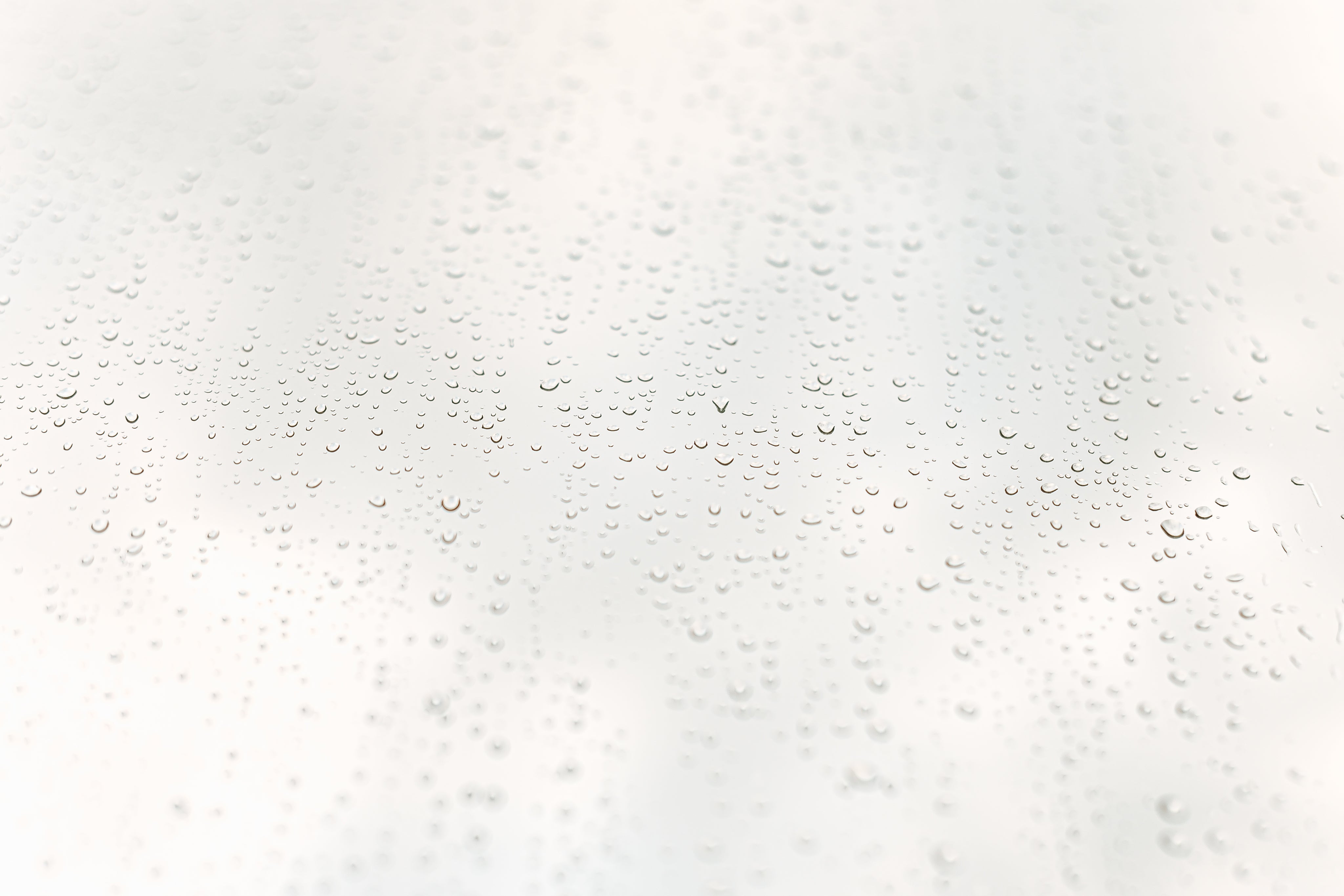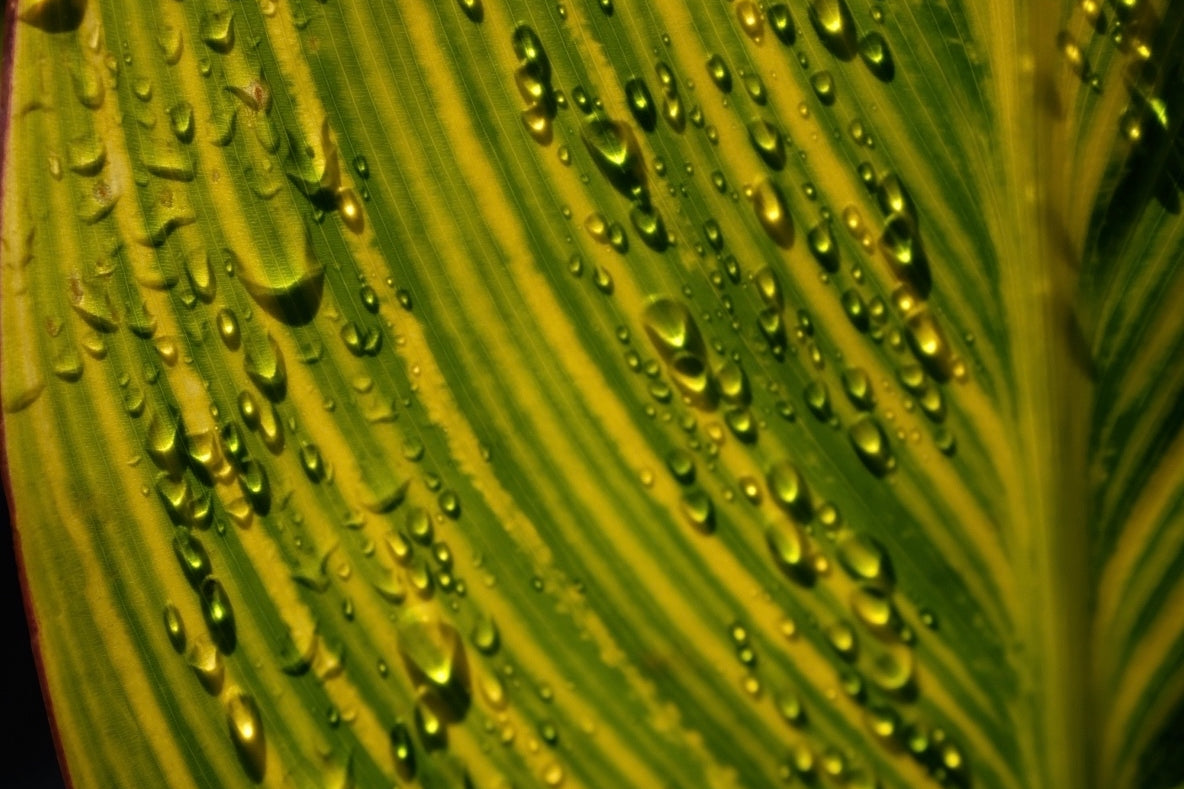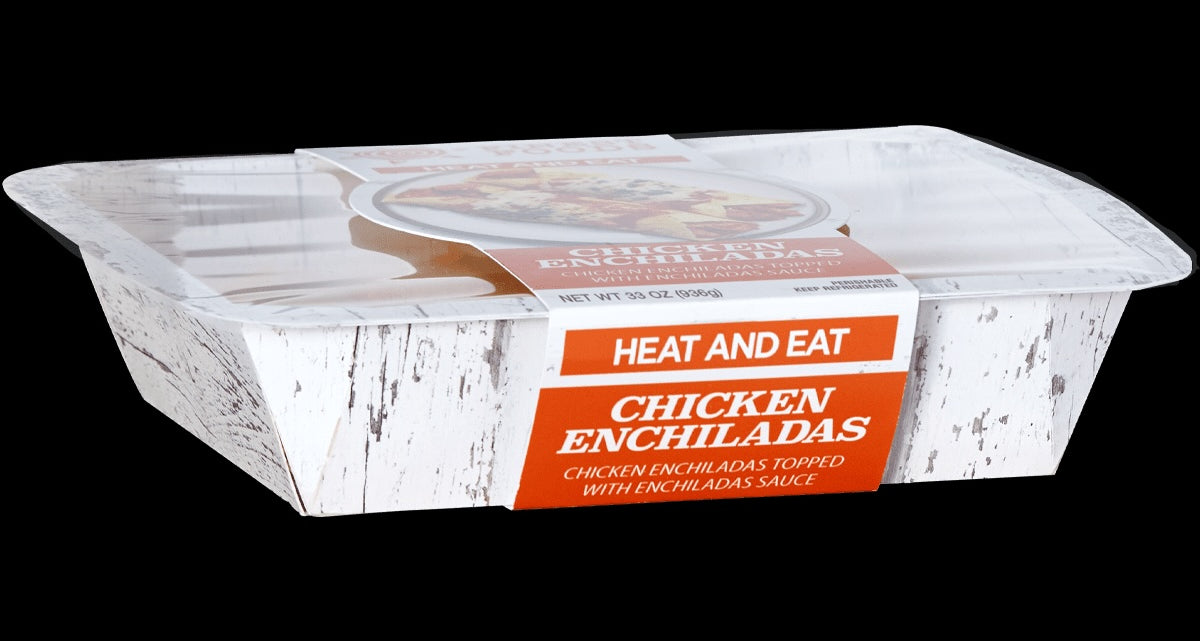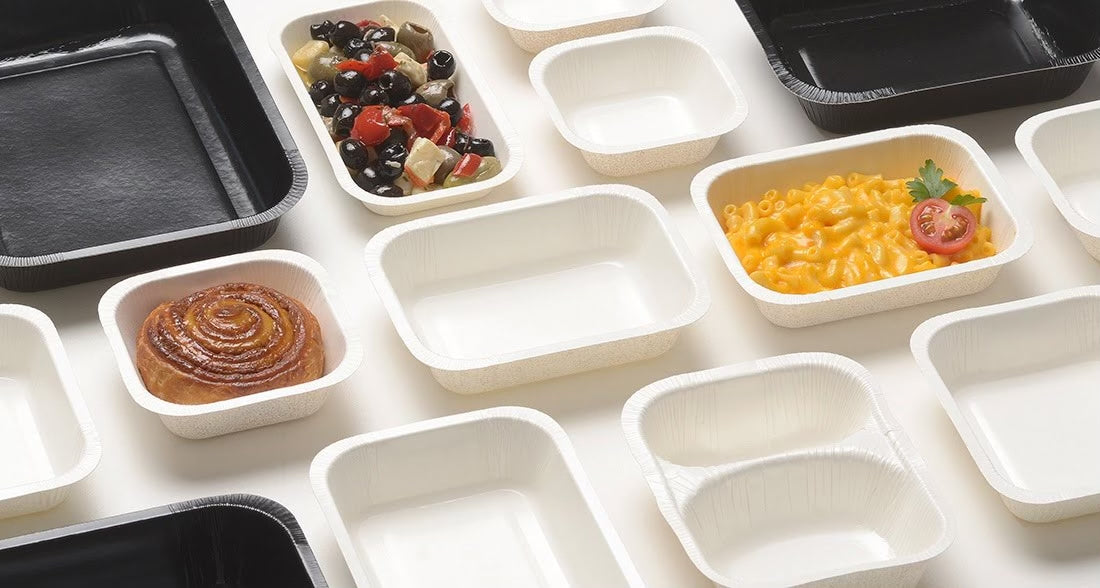
AQUEOUS (AQ)
Aqueous coating is a water-based finish applied to printed materials, offering a protective layer that resists smudges, fingerprints, and minor abrasions. It dries quickly, is environmentally friendly due to its low VOC content, and enhances the visual appeal with options for gloss, satin, or matte finishes.
- Typical end uses: Grease resistant board for short food contact applications including fast food and dry food packaging.

POLYETHYLENE (PE)
PE coating provides a protective layer that enhances the durability and moisture resistance of paper and cardboard, making it ideal for packaging applications. This coating is widely used in food packaging, as it prevents grease and liquid penetration while maintaining the flexibility and strength of the substrate.
- Typical end uses: drinking cups and packages for frozen food, ice cream and yoghurt. HDPE-coated paperboard for moisture-sensitive dry foods.

BIO-BASED
Bio-based coating refers to a type of protective finish derived from renewable biological resources, such as plant oils, starches, or other natural polymers. These coatings are environmentally friendly alternatives to traditional petroleum-based coatings, offering similar protective qualities like resistance to moisture, grease, and abrasion, while significantly reducing the ecological footprint.
- Typical end uses: drinking cups, plates, trays and cartons for fresh foods, salads, sandwiches and dairy products.

polyethylene terephthalate (PET)
PET coating is a durable, clear plastic film applied to various substrates, providing excellent moisture, chemical, and abrasion resistance. It is commonly used in packaging, labeling, and printing applications to enhance durability and preserve the integrity of the materials.
- Typical end uses: ovenable trays, reheatable product packages and bakery products.

POLYPROPYLENE (PP)
PP coating is a protective layer applied to various substrates, offering excellent resistance to moisture, chemicals, and physical wear. It is widely used in packaging and labeling, providing durability and enhancing the longevity and appearance of printed materials.
- Typical end uses: cups and trays for microwave oven and frozen food.

LAMINATION
Lamination coating involves applying a thin layer of plastic film to printed materials, enhancing durability and protection against moisture, tearing, and physical damage. It is commonly used in packaging, book covers, and signage to improve both the visual appeal and longevity of the products.
- Typical end uses: delicate foods, chocolate, cereals and dairy products. Dry foods, such as sweets, savoury and processed snacks, coffee and tea, milk and cocoa powders. Liquid products, such as juices, soft drinks, green tea, water, soups, desserts and wines.